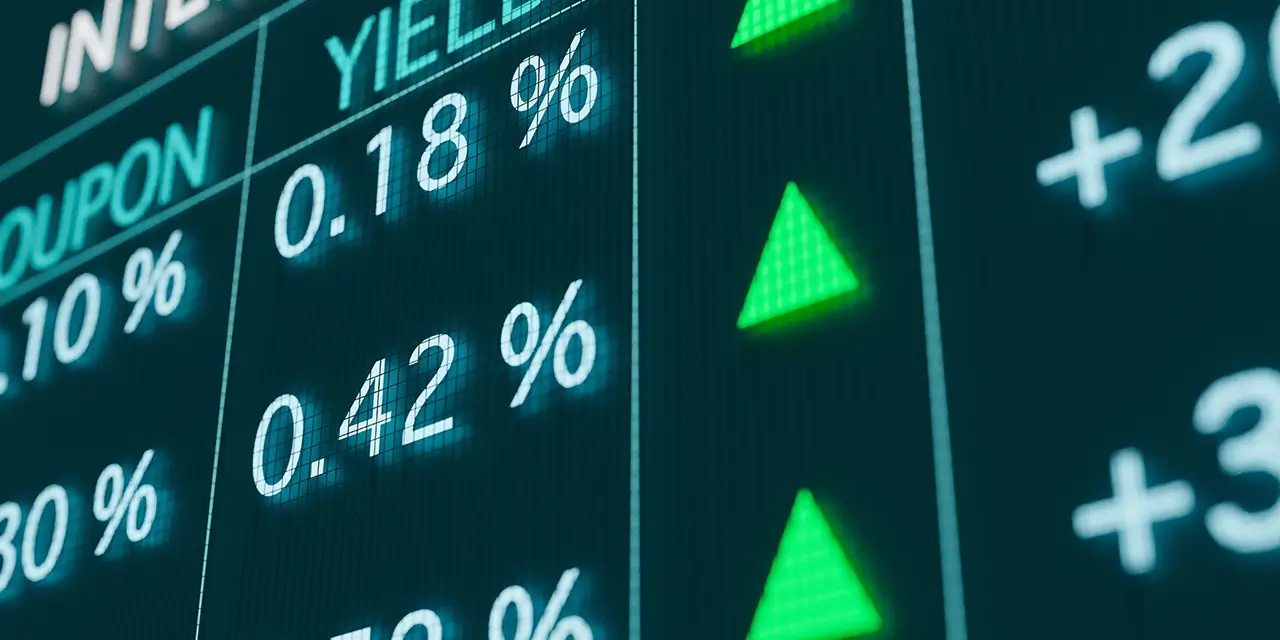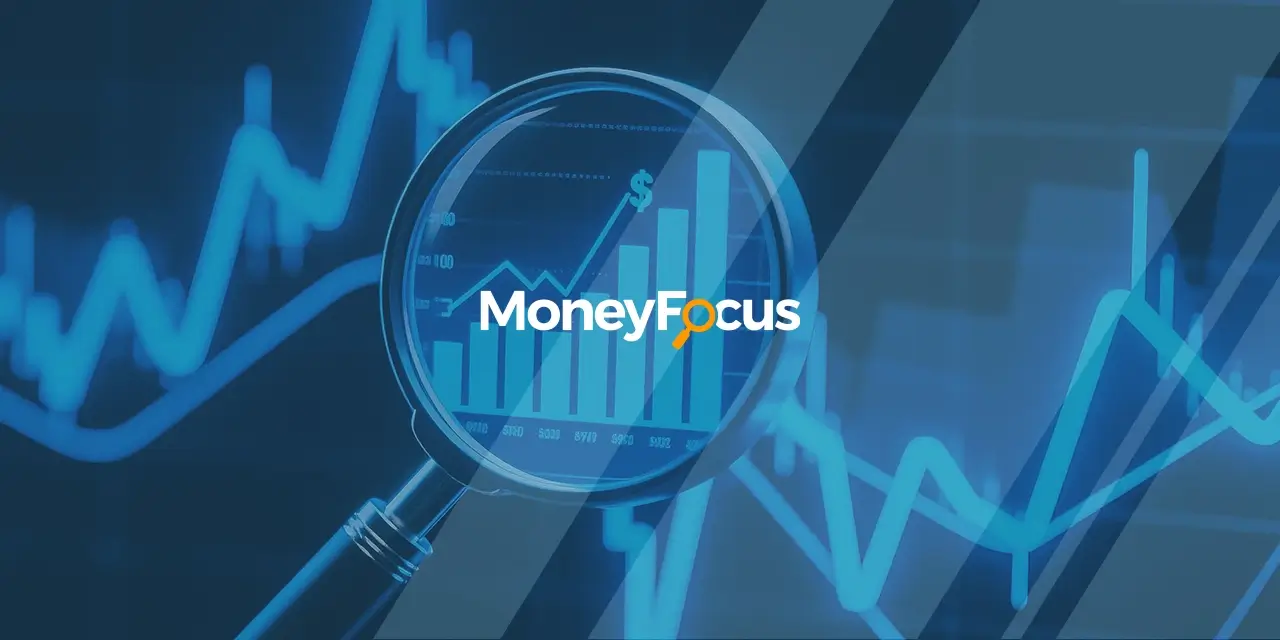By Ambrose O’Callaghan
The healthcare space entered 2024 with new growth drivers and the COVID-19 pandemic firmly in the rear-view mirror. Today, we want to explore how the healthcare sector has progressed in the opening quarter of 2024. Moreover, we’ll look at valuations in this sector, drivers for innovation, and the largest healthcare exchange-traded fund (ETF) currently operating in Canada.
How has the healthcare sector performed in the first quarter of 2024?
Healthcare continues to be a vital sector that is in constant demand in the developed and developing world. The permanent and non-cyclical drivers of aging populations, spending in developing nations, and technological innovations, remain constant in the short term and drive the long-term positive outlook for the broader sector. While healthcare has been a consistent sector for growth, just behind high-performing sectors like technology, it has lagged the broader market since the start of 2023.
In the short-term, from a macroeconomic perspective, the US economy has shifted from certain interest rate cuts to relatively sticky inflation. That has prompted concerns that interest rates will stay high or even move higher. That has spurred volatility across markets and asset classes since the beginning of March 2024. Ultimately, it serves investors to look more at sector-level drivers in the near term.
Here’s how healthcare valuations measure up right now
Healthcare has held out relatively well in the midst of a broad market sell-off that started in early April. Within the sub-sectors there is a wide bifurcation in the very short term.
For example, in the healthcare sector there are big differences in sub-sectors that are working and those that aren’t. The managed care segment – companies that provide insurance and administer healthcare for individual plans and government programs, like UnitedHealth and Humana – That group is down mid-double digits in 2024 while Tools and Diagnostics is up double digits. Tools and Diagnostics are companies that make the lab and biologic drug equipment and various testing consumables, like Abbott Laboratories.
The bifurcation within healthcare sub-sectors illustrates why diversification is so important within this space.
On the valuations front, positive results are being rewarded. Tools and Diagnostics and Medical Devices have both seen better healthcare utilization. This, in turn, has led to strong corporate results. For example, Bristol Myers unveiled its first quarter (Q1) fiscal 2024 earnings on April 25. Revenues rose 5% year-over-year to US$11.9 billion. Meanwhile, its growth portfolios rose 11% on an adjusted basis to $4.8 billion. Merck bolstered its full-year guidance after posting revenues of US$15.78 billion in Q1 2024 and adjusted earnings per share (EPS) of US$2.07 – both beating expectations.
Drivers for innovation in the healthcare space
There are still many reasons to be excited about growth and innovation in the healthcare sector.
The GLP-1 drug class, frequently referred to as “weight loss drugs”, continues to be an exciting growth driver as we look ahead. Indeed, this space has expanded from diabetes and weight loss through to sleep apnea trial results that have validated the optimism for this class of drugs. According to Goldman Sachs, the broader market for anti-obesity medications could grow by more than 16 times from $6 billion in early 2024 to $100 billion by 2030.
Eli Lilly has benefited with the weight-loss drug Zepbound gaining considerable momentum in the opening quarter of 2024. Zepbound blew past sales expectations in the March quarter, brining in US$517 million in revenues. That spurred Eli Lilly to bolster its sales outlook for the full year by US$2 billion.
Medical devices are another area of innovation that is transforming the healthcare space. Robotic assisted surgery markets are growing at very strong rates. Indeed, the Medical Device Network recently projected that the robotic surgical systems market would reach US$7.2 billion in value in 2033. That would represent a compound annual growth rate (CAGR) of 15.7%.
HHL: Canada’s largest healthcare ETF offers value, growth opportunities, and monthly income
The Harvest Healthcare Leaders Income ETF (HHL:TSX) seeks to target companies that combine innovation with consistent demand. HHL is an equally weighted portfolio of 20 large-cap global Healthcare companies that are selected for their potential to provide attractive monthly income and long-term growth. Some of the companies that currently comprise HHL include Eli Lilly and Abott Laboratories, which we have covered in this piece.
This strategy, overseen by portfolio manager, Paul MacDonald, has contributed to HHL establishing itself as one of the top performing healthcare ETFs on the Canadian market. It has been one of the best performing healthcare ETFs over the past 1, 2, 3, and 5 years periods.
HHL employs an active covered call strategy to generate additional portfolio income and lower portfolio volatility. Indeed, HHL has posted over $420 million in total distributions since its inception. Over nearly a decade, it has delivered a sustainable and predictable monthly cash distribution of $0.0583 to its unitholders.
Disclaimer
Commissions, management fees and expenses all may be associated with investing in Harvest Exchange Traded Funds (managed by Harvest Portfolios Group Inc.). Please read the relevant prospectus before investing. The funds are not guaranteed, their values change frequently, and past performance may not be repeated. The information is meant to provide general information for educational purposes. Any security mentioned herein is for illustration purposes and should not be taken as an invitation to purchase or sell such security. The content of this article should not be construed as investment advice. Please read the relevant prospectus before investing.











